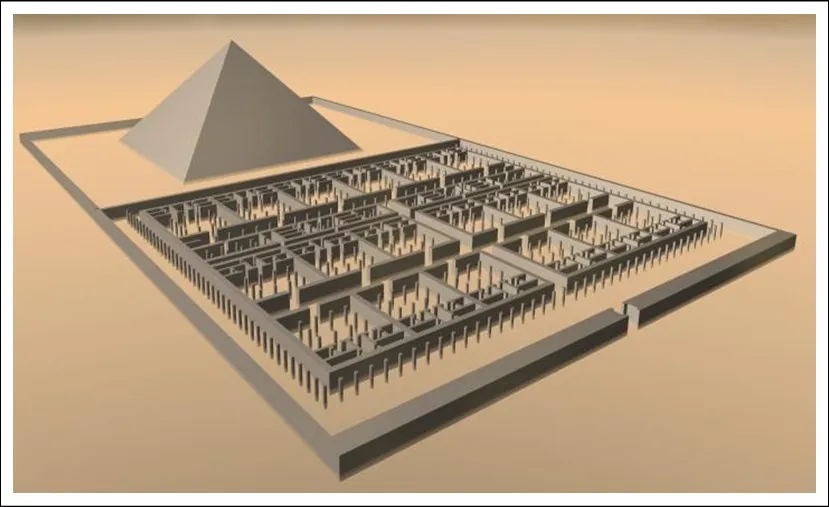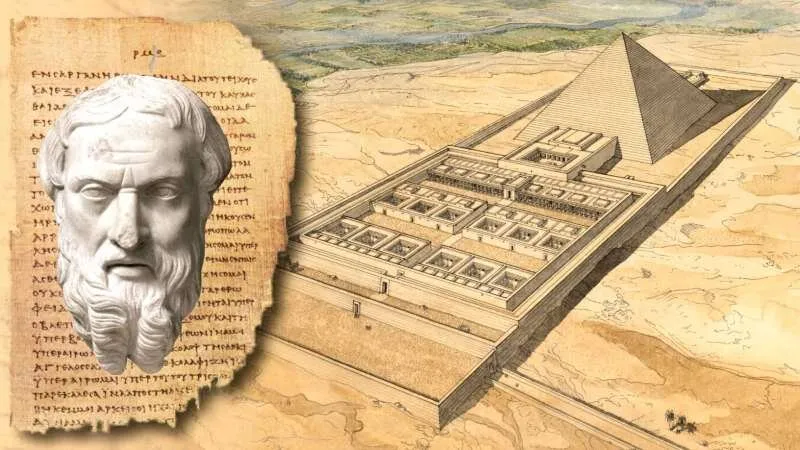The ‘Lost Egyptian Labyrinth’ Of Hawara: Is A 2,000-Year-Old Mystery Finally Solved?
For many years, I have wanted to know the truth and facts behind the fabled ‘Egyptian Labyrinth’ and this comprehensive lecture by Prof. Dylan Bickerstaffe did not disappoint!

Beginning with the Greek and Roman writers Dylan explained where the belief in a ‘Labyrinth’ arose; linking it interestingly back to Knossos and other neraby sites and cultures.
These writers were seemingly adamant that The Labyrinth was Egypt’s greatest wonder; as Herodotus said – ‘surpassing even the pyramids’.
However, he posed the questions: if that was the case, what sort of building was it, who built it, and why?
In the modern era, it had vanished so completely that several explorers, including the famous/infamous Belzoni, failed to find it, so there is still so much not known. Being so vast, so comprehensively written about in ancient times, yet almost entirely lost, no wonder it holds so much fascination today.

Dylan went on to trace the ‘rediscovery’ of the Labyrinth, and the excavations and finds made on the site, and the attempts by Petrie and others to reconstruct the form of this unique building.

And that was almost certainly, not a labyrinth at all, but was in fact a 60,000 Sq mtr Temple Complex of Amenemhat lll of the 12th dynasty.
We were shown how modern research has thrown light on the problem, and clues which may be found in surprising, yet familiar places.

Dylan’s talk was comprehensive, detailed and very interesting indeed, however, after raising as many questions as answers, it left me wanting to ‘know yet more of the truth and facts behind the fabled Egyptian Labyrinth’
Thanks Dylan, it was a terrific lecture – please come again!






